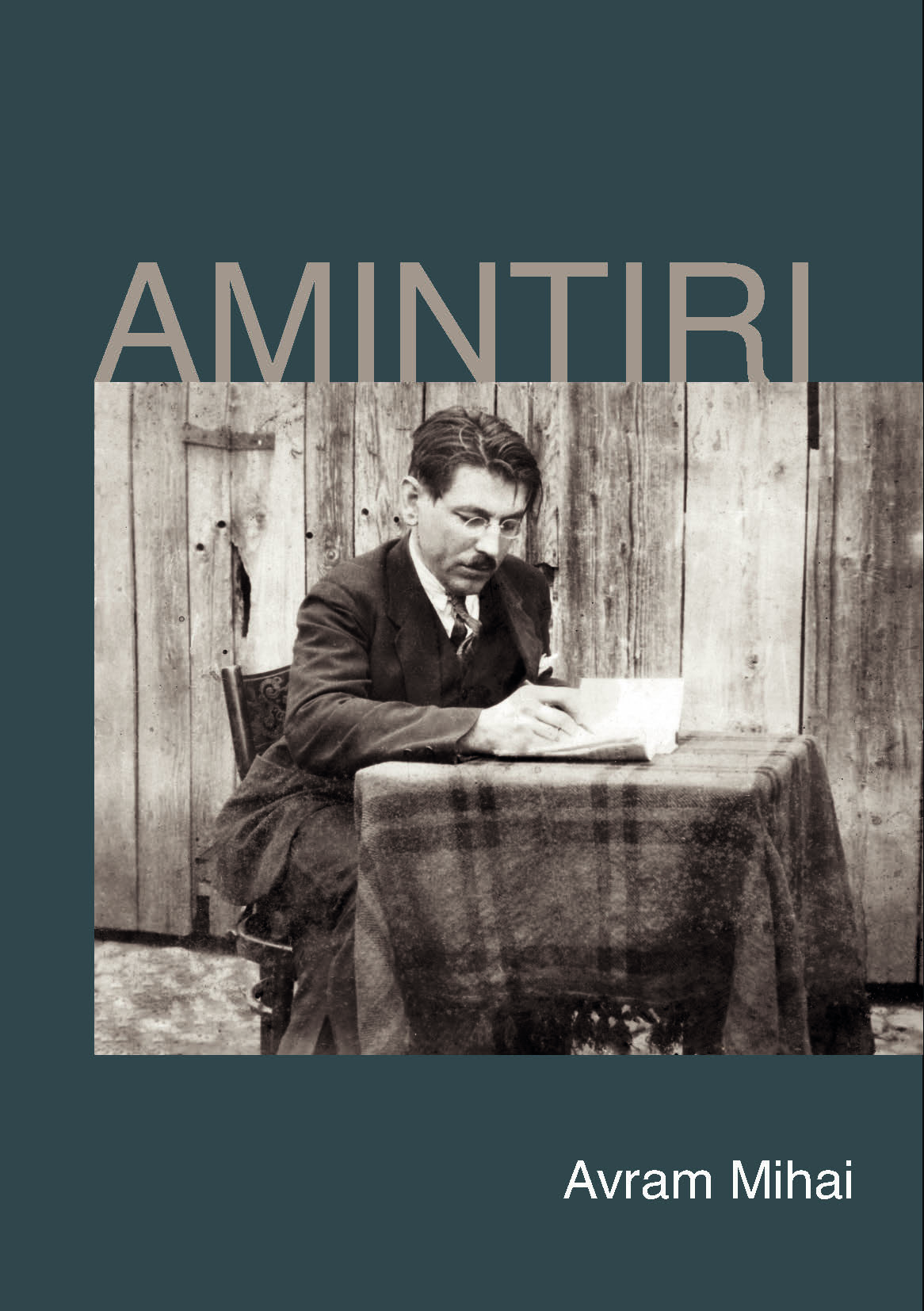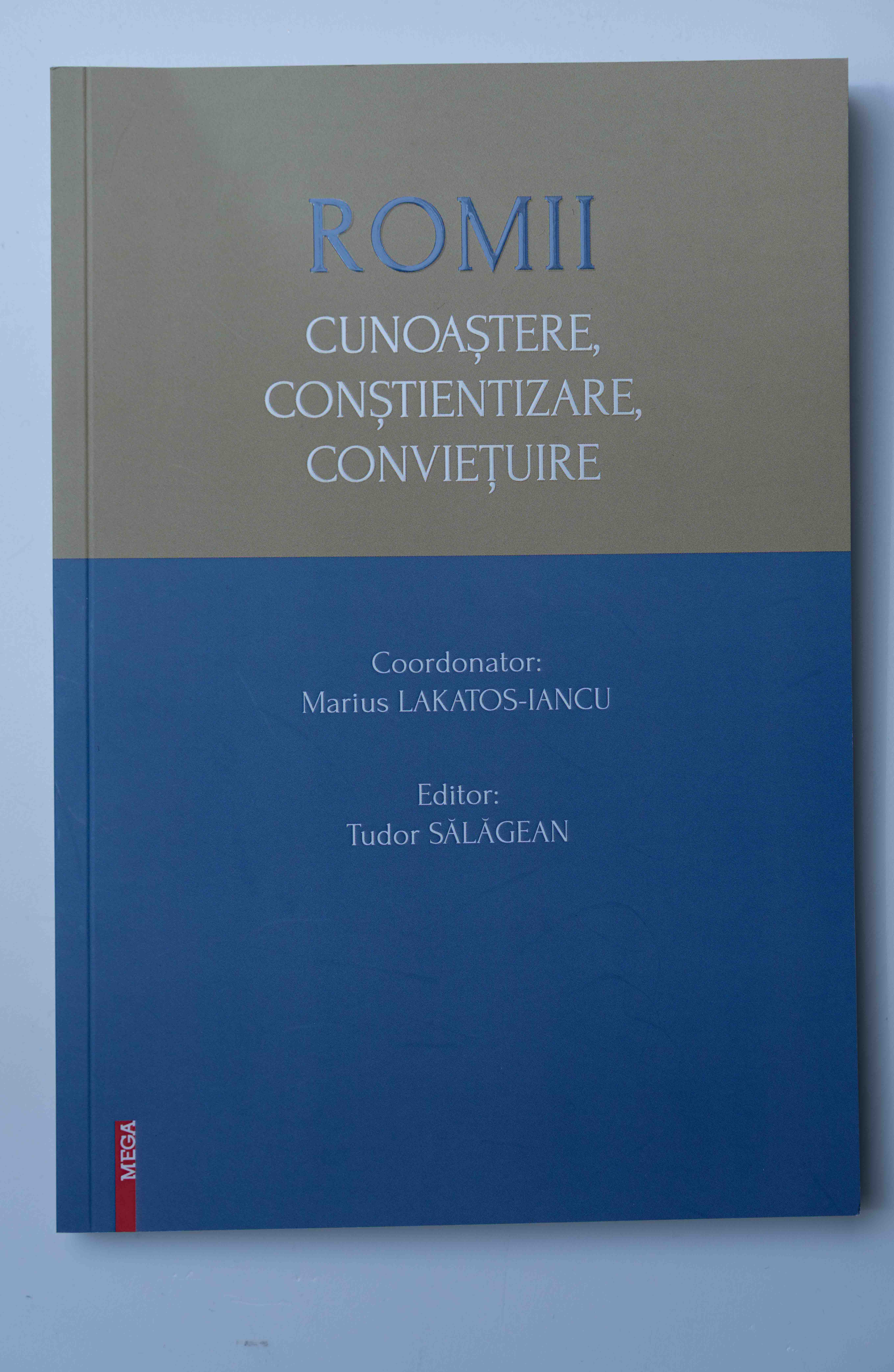Romii - Cunoaștere, Conștientizare, Conviețuire
Author(s): Marius Lakatos-Iancu / Language(s): Romanian
Keywords: Roma; knowledge; awareness; coexistence; cultural heritage; traditions; customs; way of life
The book Roma – Knowledge, Awareness, Coexistence primarily addresses a specific need for the Roma people to be heard, understood, and appreciated from the perspective of their unique cultural heritage, traditions, customs, and way of life. It’s not intended as a representation of the challenges and hardships faced by the Roma community since their origins and first mentions on European and Romanian territories. On the other hand, the book aims to improve the knowledge acquired through social, economic, cultural, and religious research on the Roma minority, knowledge resulting from research undertaken by Roma elites within the doctoral university environment. The volume comprises a collection of scientific articles written by Roma doctor or doctoral students from various universities includingthose of Cluj, Bucharest, Arad, and Timişoara. The articles are distinguishedby the topics they cover, but their common thread is their focus on the Roma minority. Each article presents and analyzes the research topic from the perspective of the Roma community. Overall, this volume covers a wide range of scientific approaches on the Roma community. These include tangible and intangible cultural heritage specific to the community, the role and impact of school mediators on the community, the position and role of Roma womenwithin their communities, issues related to slavery, law among familiesof Gabori Roma, mixed marriages, the impact of the pandemic on primary education, housing, pastoral methods in relationships with the Roma community, ethnographic heritage through brass band music, representation of Roma communities, Roma crafts, and other factors that define Roma ethnicity. The volume took shape after an initial, amicable discussion between a Roma expert from the county public administration, a post‑doctoralstudent from the Doctoral School of Population Studies and History of Minorities at Babeş – Bolyai Cluj University, and faculty members from the doctoral school, including its coordinator. The conversation began with the aim of organizing an academic conference for Roma doctors and post‑doctoral students, marking the first of its kind. Therefore, December 16, 2022, represents the national debut of the academic conference for Roma doctoral and post‑doctoral students, named Roma – Knowledge, Awareness, Coexistence. It also signifies the collaborative decision made by conference attendees to publish this volume. We strongly believe that the publication of Roma – Knowledge, Awareness, Coexistence will bring significant value to the field of academic literature. This is due, in part, to its potential use in similar research studies as a bibliographic reference, as well as in bachelor’s, master’s, and doctoral works. Additionally, it could be regarded as a best‑practice model for other conferences focused on Roma‑related themes.Finally, we would be deeply honored if this volume not only served as a source for quotations or references in the creation of similar works but also as a valuable resource for readers to enhance their understanding of the Roma people, their history, and other cultural aspects specific to this ethnic group. We hope it proves effective in promoting knowledge and awareness of the Roma community. The content of the volume approaches a variety of topics on Roma communities from historical, economic, educational, administrative, legal and religious perspectives. Thus, the volume includes a total of nine articles analysed, researched and written by Roma doctors and/or PhD students, each article dealing with its own research methodologies and highlighting their results. Whether we refer to each author’s own experience or to the approach of the article presented, the reader will certainly have the opportunity to delve into a variety of new topics on the Roma.If we were to set out a few fundamental ideas from the substance of each article, part of the volume Roma – Knowledge, Awareness, Coexistence, they would boil down to the following notions. The article „The evolution of the process of organization and representation of the Roma in the post‑communist period”, with Mariusand Alina Lakatos‑Iancu as authors, illustrates and analyzes a series of circumstances in which to highlight how the formal and informal leaders of the Roma community, in the post‑communist period, have added value to the Roma community, both in terms of the idea of valorization of cultural heritage and in terms of affirmation and assumption of ethnic and cultural identity. The article „The involvement of the Romanian state in mixed marriages between Romanians and Roma during the 18th and 20th centuries”, author Daniel Caraivan illustrates, as the title states, a series of notions regarding the marriages between Romanians and Roma, stages, effects and the course of marriages and marriage itself in several historical periods.The article „Roma between ignorance and traditional crafts” by Marius Imre Parno illustrates a series of models of traditional and non‑traditional economic activities practiced in the Roma communities of Timişoara and Cluj‑Napoca in the context of identity dynamics and belonging to the family of origin. The article „Roma between mystery, Christianity and bondage”, author Cristinel‑Constantin Roman, an article that aims to expose as detailed as possible, aspects related to Roma in terms of migration, the emergence of this group in Europe and in Romanian territories, in the religious, linguistic and social context. The article „Pastoral care of the Roma” by Pr. Marin Trandafir Roz, presents an analysis of those intervention mechanisms at the level of parishes where a significant number of Roma are affiliated in terms of their relationship with them, their involvement in church activities, the assignment of roles and responsibilities. The article „The justice customs or the «gypsy judgement» of the Roma gabori” by Gabriel Sala, presents a series of circumstances that reveal the desire of the communities to resolve their intrinsic problems in accordance with the principles and inherited traditions of this people. The article „Roma housing – from socialism to capitalism and European inclusion”, author Eugen Ghiţă, exposes housing and settlement issues are some of the most pressing problems faced by the Roma population, along with education, employment and healthcare. The article „Exploring hope in Roma Christianity: A Theologicaland Ethnographic Analysis of Transformative Spiritual and Social Dynamics”, authored by George Rafael Năstase, explores the concept of hope in Roma Christianity through a theological and ethnographic lens respectively, to understand how hope is perceived and lived among Roma Christian communities, highlighting its transformative impact on their lives. The article „The role of the school mediator in the integration of Roma students in the educational system”, author Liliana Chiriac, exposes the role of the school mediator in the integration of Roma students. The article highlights the educational problems faced by the Roma population and how the measures taken after 1990 have had a visible impact on the integration of Roma pupils in the education system. Thus, the publication Roma – Knowledge, Awareness, Coexistence provides readers with essential knowledge of the Roma people and their history over time. A deeper understanding of the Roma community, accepting them, and promoting coexistence depend on individual efforts to engage and invest in this process. To truly know any group of people, regardless of their ethnicity, principles, culture, or way of life, we must first seek to understand them and avoid viewing them with any sense of inferiority. Researching the Roma people to deepen our understanding of their culture, way of life, and history, can help to reduce cultural and historical prejudices towards this minority group. An unbiased and honest analysis of the Roma history, traditions, way of life, and professions, coupled with support for revitalizing their cultural heritage and acceptance of the Roma people, are all essential measures in eliminating studies on the Roma that begin with statements such as „The position of Roma in society is… UNCERTAIN”. These actions can promote a more positive, accurate, and comprehensive understanding of the Roma community.The volume includes scientific articles written by young Roma researchers, either undergraduates or graduates of doctoral programs at the universities of Cluj-Napoca, Bucharest, Arad and Timisoara. The volume attempts to capitalize on a set of social, economic, cultural and religious knowledge about the Roma minority, knowledge resulting from the research work undertaken by Roma elites in the doctoral university environment. As a whole, the book includes scholarly approaches to the Roma in terms of tangible and intangible cultural heritage specific to this ethnic group, including: the role and involvement of the school mediator in the welfare of the community, the role and position of Roma women in the community, slavery, judgment among the Roma Gabor families, mixed marriages, housing, racism, pastoral methods in the relationship with Roma ethnic, ethnographic heritage through brass band music and Roma crafts.
More...



